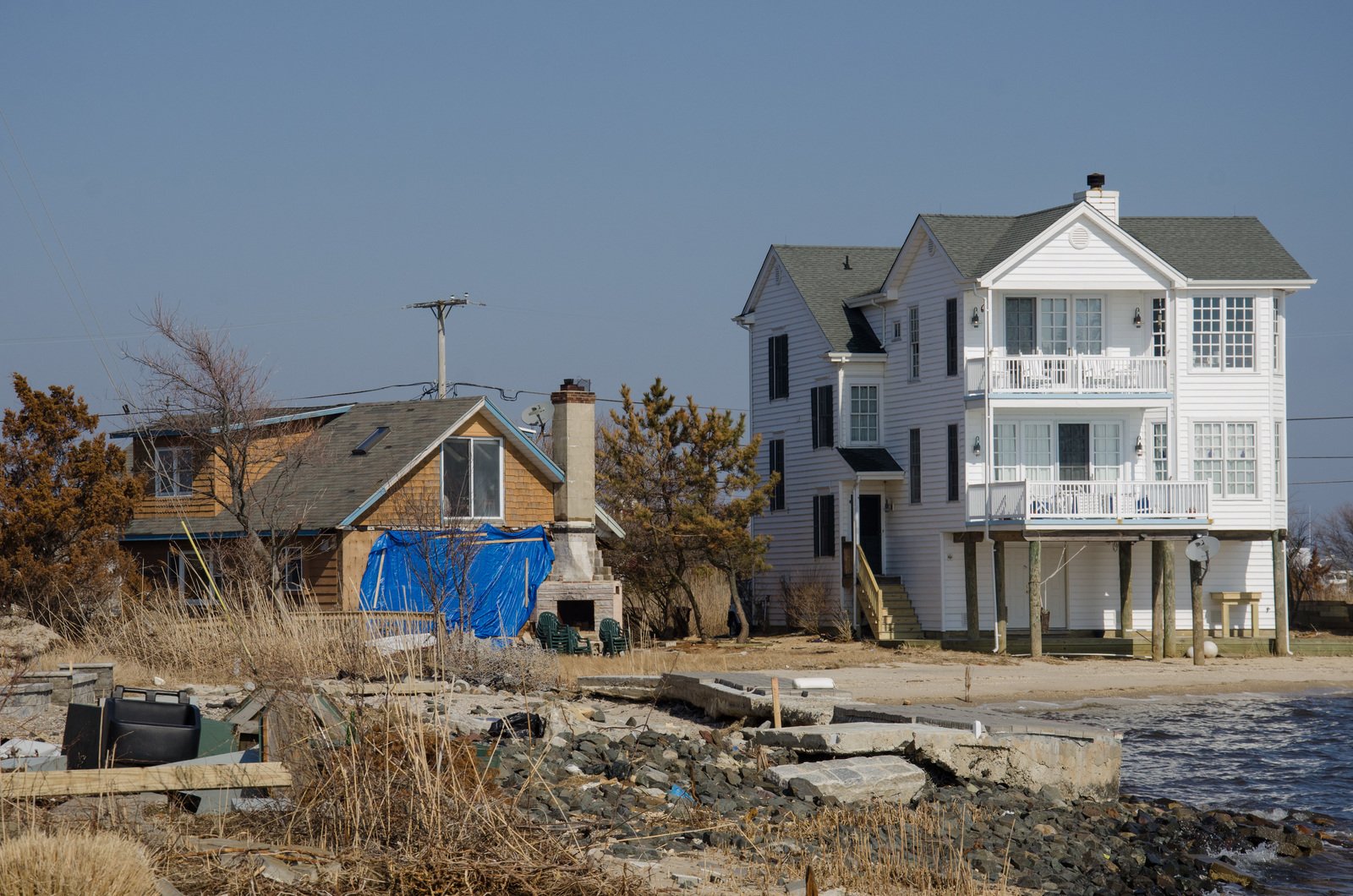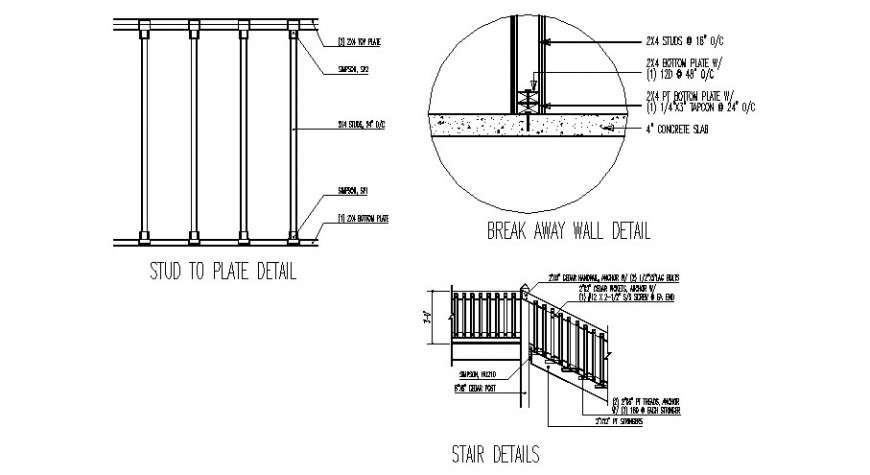
The couple took steps to temporarily elevate the house right after Sandy had filled their living space with 5 feet of water. High-tech piersĬarlos and Maria Santos own a 1950s home, just steps from the waterfront in Point Pleasant, New Jersey, that is one of the three rebuilds being featured on TOH TV. To make sense of these changing regulations, FEMA recommends that homeowners work only with experienced engineers and contractors licensed in the homeowner’s state. Community-based regulations, which are drawn up using FEMA guidelines as minimum standards, are being revised as these new minimum guidelines are published. One reason that rebuilding after a storm can be so frustrating is that FEMA is presently revising its flood-zone maps in response to rising sea levels. In fact, in high-risk areas, proving that your house meets your local building authority’s base-flood elevation (FEMA’s 100-year-flood-zone determination) is often the only way for homeowners to qualify for insurance and building permits. Raising an existing house on piles (also called piers) so that the lowest level is safely above the flood stage sounds like a complicated job-until you stop to envision what it would take to rebuild a life after a total washout. Shown: One year later, the home is raised to its new height on temporary cribbing, awaiting permanent pile supports. And when it comes to flooding, it all starts with raising a house above the predicted danger zone.


A look at the Jersey Shore rebuilding featured on the new season of TOH TV, which begins airing this month, highlights what experts are calling “layered” design features that can help homes and their occupants survive potential weather catastrophes. Keeping a home habitable after an extreme weather event is all about putting multiple protective measures in place, says Karen Durham-Aguilera, the director of contingency operations and homeland security for the U.S. That’s why many homeowners are bracing for the bad storms now, before the deluge. at risk for flooding will increase by as much as 45 percent by the end of this century. In its 2013 report on the likely effects of climate change, the Federal Emergency Management Administration (FEMA) predicted that areas of the U.S. While coastal floods during hurricanes are relatively short-lived, inland river flooding, such as in Alberta, Canada, in June 2013 or in the aftermath of 2005’s Hurricane Katrina, can last for days or even weeks.Īnd things are likely to get wetter. Fourteen months before last fall’s Superstorm Sandy shocked the Eastern Seaboard, inland communities in New Jersey, upstate New York, and Vermont experienced the damaging effects of encroaching waters from Tropical Storm Irene. And severe flooding-which has long plagued homeowners on the coasts and on the floodplains surrounding major rivers-is hitting homes situated along smaller waterways, too. National Archives or DVIDS.We’ve all seen it on the news. This website is developed as a part of the world's largest public domain archive,, and not developed or endorsed by the U.S. law and are therefore in the public domain.

National Archives and DVIDS is "a work prepared by an officer or employee" of the federal government "as part of that person's official duties." In general, under section 105 of the Copyright Act, such works are not entitled to domestic copyright protection under U.S. All of these materials are preserved because they are important to the workings of Government, have long-term research worth, or provide information of value to citizens.ĭisclaimer: A work of the U.S. The Defense Visual Information Distribution Service provides a connection between world media and the American military personnel serving at home and abroad. There are approximately 10 billion pages of textual records 12 million maps, charts, and architectural and engineering drawings 25 million still photographs and graphics 24 million aerial photographs 300,000 reels of motion picture film 400,000 video and sound recordings and 133 terabytes of electronic data. NARA keeps those Federal records that are judged to have continuing value-about 2 to 5 percent of those generated in any given year. National Archives and Records Administration (NARA) was established in 1934 by President Franklin Roosevelt. National Archives and Defense Visual Information Distribution Service. The objects in this collection are from The U.S.


 0 kommentar(er)
0 kommentar(er)
